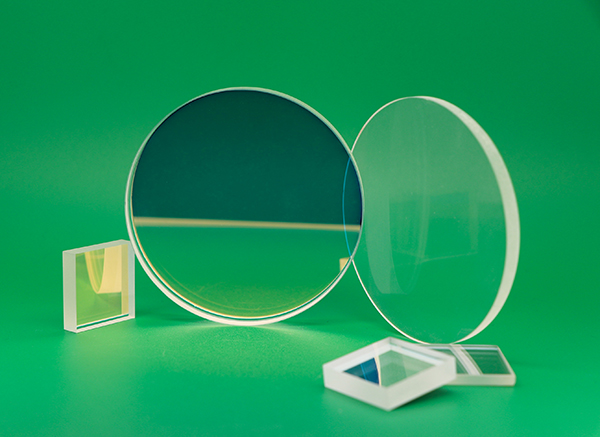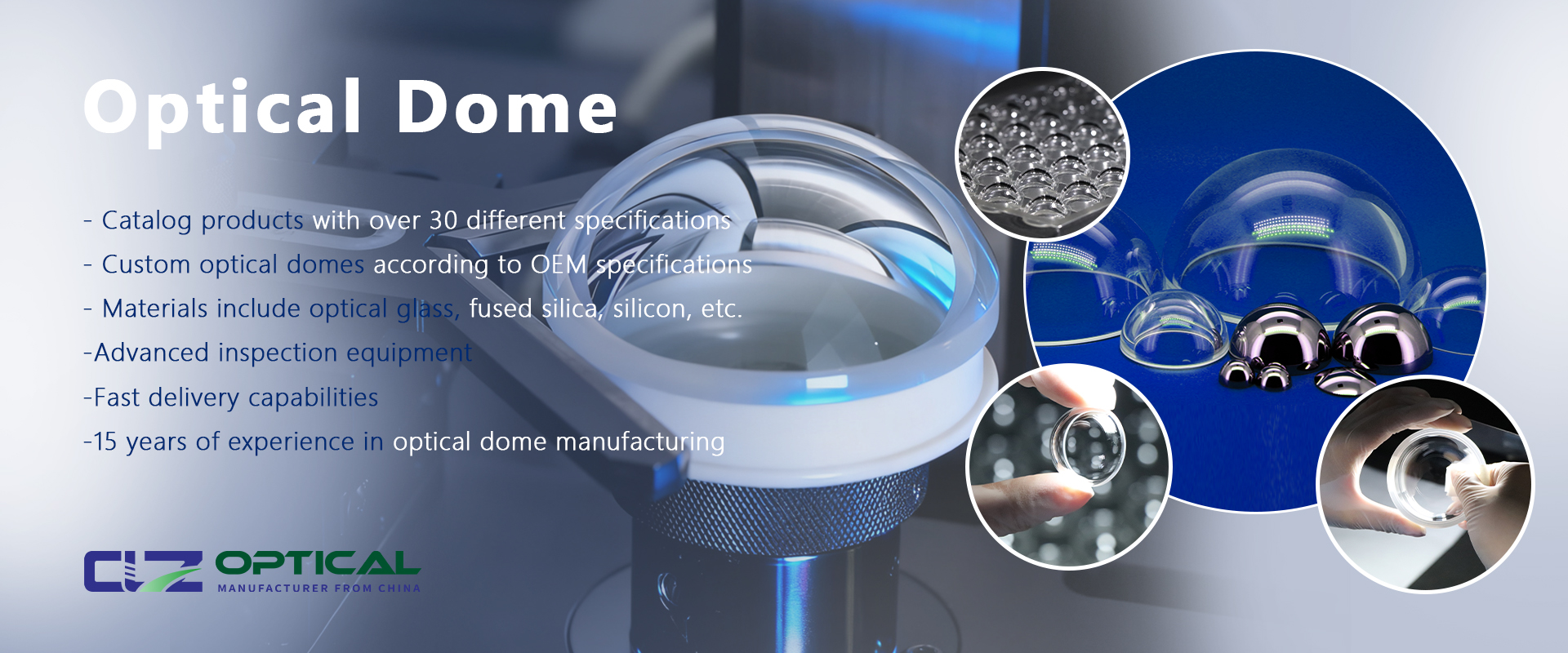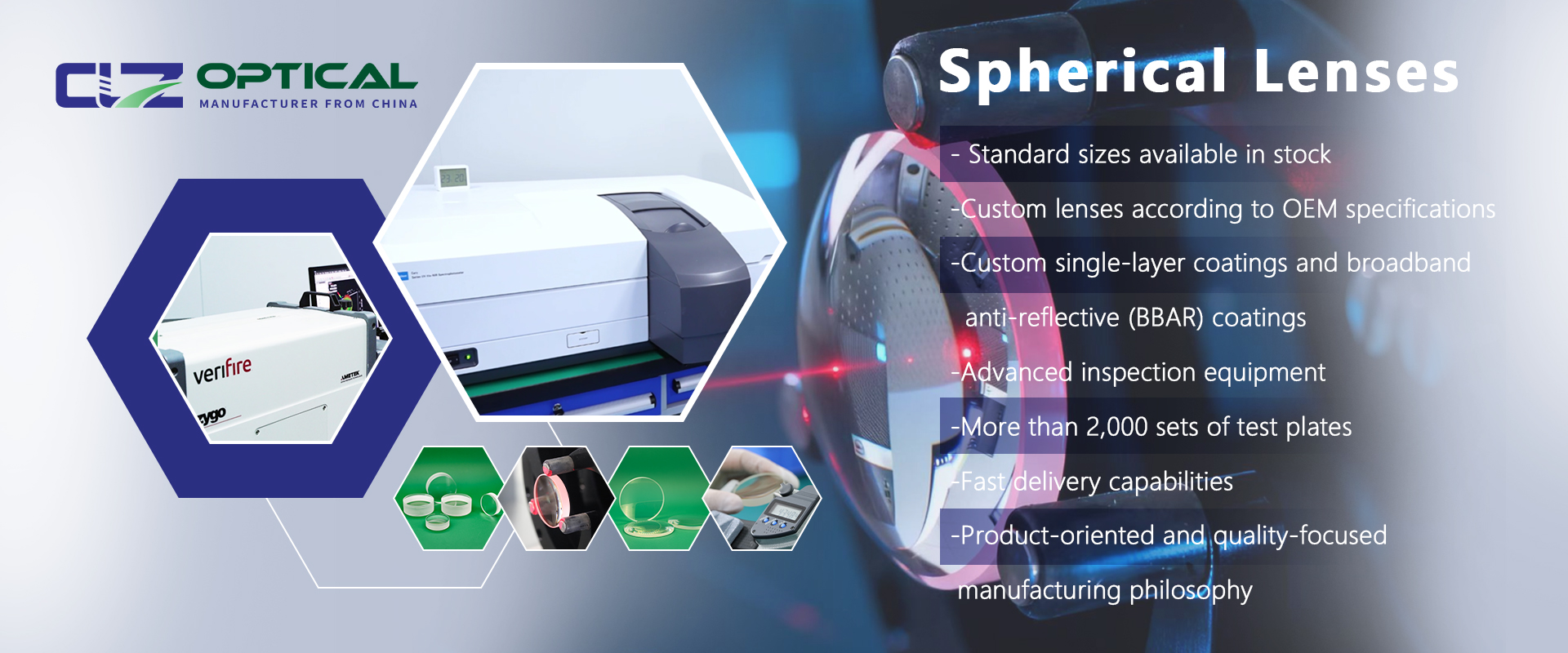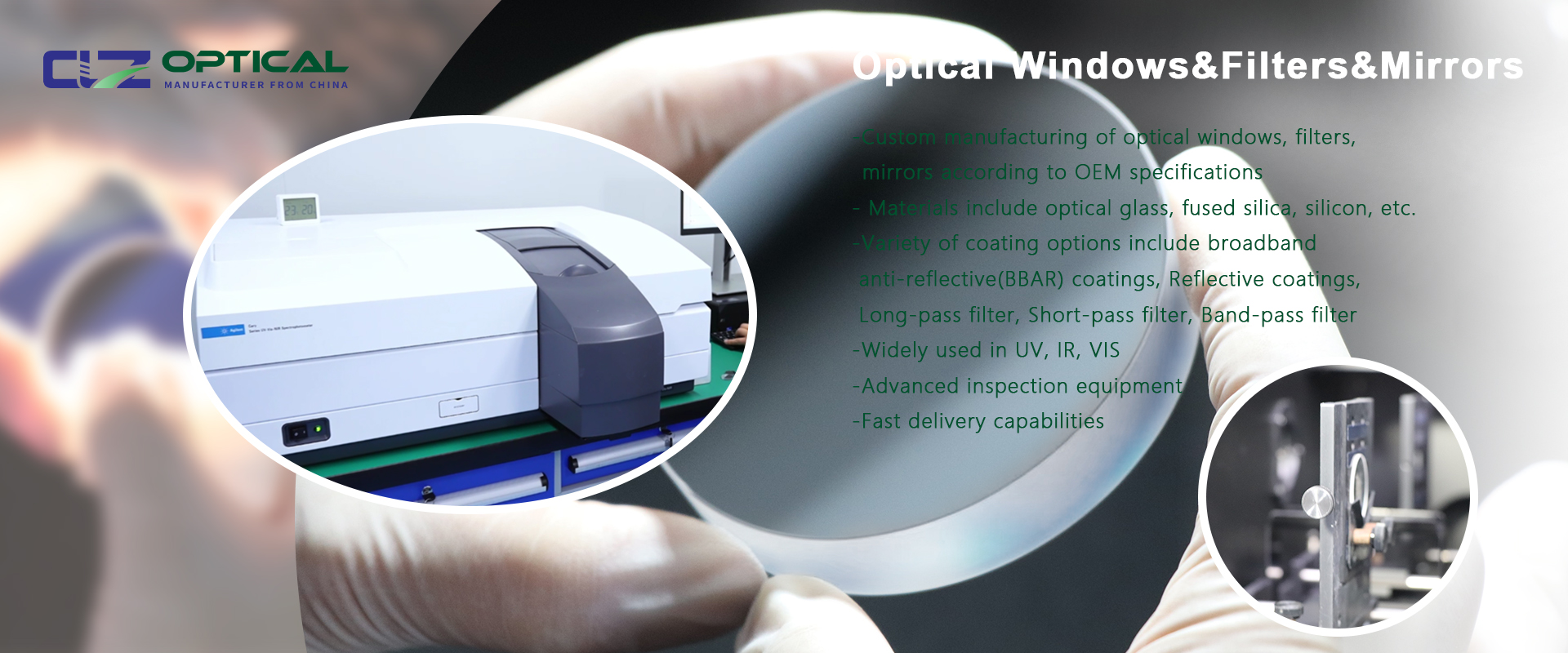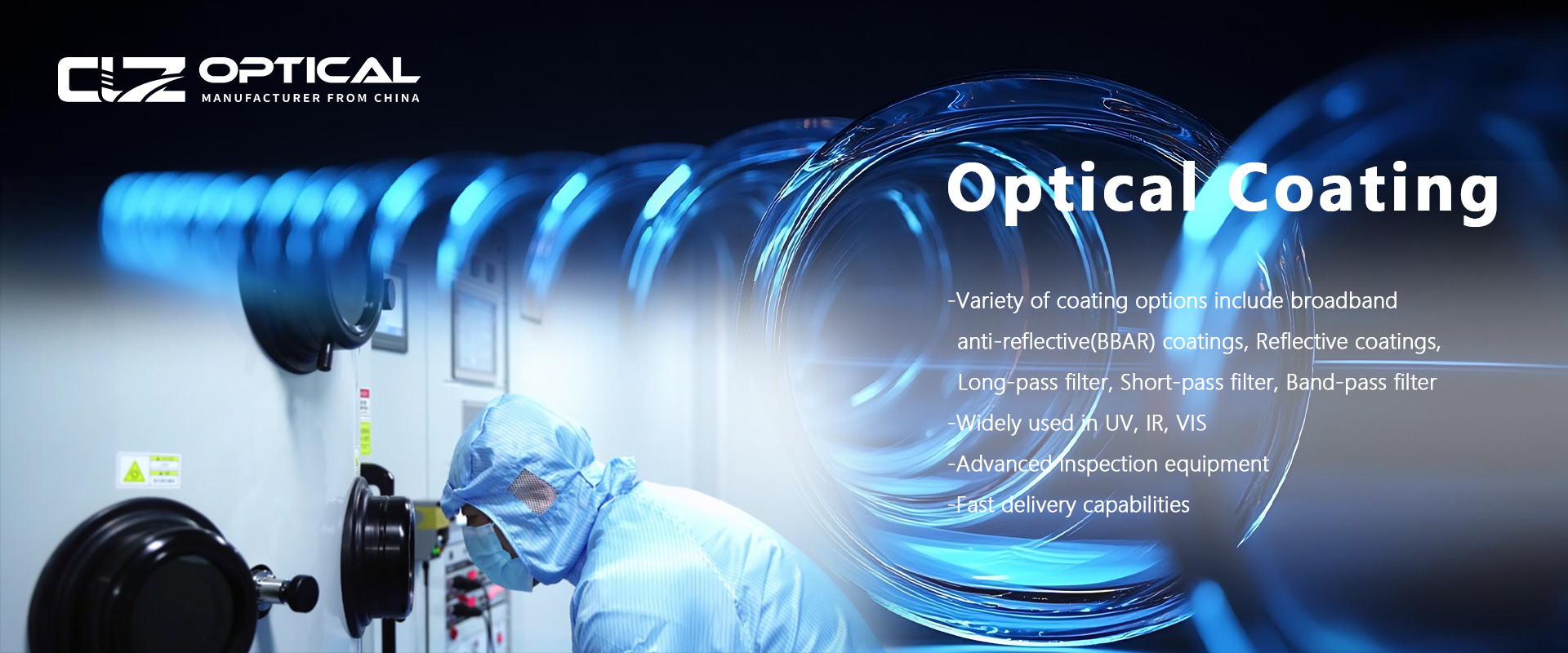What are sapphire windows used for?
Aug. 02, 2024
How strong is a sapphire windows?
As a raw material, sapphire is the second hardest mineral after diamond, making it easier to shape and cut for industrial use while still offering the benefits of incredible strength and scratch resistance.
Sapphire windows are extremely strong, even in thin layers. These windows are extremely transparent and can withstand a wide range of corrosive chemicals in high-pressure, extreme-temperature environments.
What are sapphire windows used for?
These windows can withstand up to ten times more compression pressure than stainless steel while providing varying degrees of clarity depending on the grade.
The different grades are usually not an indicator of quality but of industry usage. Sapphire windows can be manufactured to different specifications depending on the industry's needs.
Sapphire windows are mechanically reliable, chemically stable, have a large dielectric constant and a wide optical transmission range of 150-5500 nm, and can be used as optical and protective windows in more demanding and extreme conditions.
The most notable characteristics of sapphire are its hardness and solidity. With a Mohs hardness of 9, sapphire is second only to diamond in hardness. Sapphire windows are extremely resistant to scratches and abrasions. This means that a sapphire window will ensure a clear optical aperture and maintain a clear line of sight even if it is subjected to grit or sand, a characteristic that makes sapphire windows very suitable for protective laser processing windows and gun sights.
Because of the strong covalent bonds within sapphire, sapphire windows can be made into much thinner lenses than windows made from dielectric materials, will not break, and can withstand high pressures. For example, sapphire windows are commonly used in aviation and deep-water environments.
In addition, sapphire is resistant to high temperatures, with an operating temperature limit of up to 1,600°C and a melting point of 2,000°C. Its high thermal conductivity also gives sapphire windows a unique advantage over other optical materials in handling high temperature situations. As a result, sapphire window sheets are ideal for high-temperature plasma chambers, combustion chambers, and more.
Sapphire window sheets are chemically inert to common acids/alkalis. Sapphire's superiority over other materials in coping with aggressive chemicals and corrosive environments has expanded the use of sapphire window sheets into pharmaceutical, medical and chemical facilities.
In addition, the sapphire window sheet has a wide spectral transmission range covering 150nm-5500nm. Compared to two common optical glass materials, N-BK7 and UV fused silica, which have transmission spectra of 350nm-2200nm for N-BK7 and 200-2200nm for UV fused silica, sapphire outperforms N-BK7 with better UV functionality and wider IR transmission, while sapphire has better IR absorption and wider IR transmission than N-BK7. UV fused silica has less IR absorption. Sapphire window sheets can be used for multi-spectrum critical optical operations.
Available Sapphire Window Types
1. Optical Sapphire Windows
CLZ Optical Co., Ltd. offers flat sapphire windows (round, rectangular, etc.) and sapphire wedge windows in various shapes and forms. A sapphire wedge consists of two non-parallel planes used to deflect the incident beam in a specified direction at a certain deflection angle.
2. Protective Sapphire Laser Windows
Sapphire protective laser windows are commonly used as pre-optical elements in laser processing to protect the laser lens from sputtering substances during processing. Single crystal sapphire windows are suitable for this purpose due to their high temperature resistance, excellent mechanical hardness and resistance to damage caused by high power lasers.
3. Other Special Sapphire Windows
Sapphire windows can also be used as viewing mirrors and packages inside machines to protect them from potential damage caused by high pressures, temperatures, chemical corrosion, etc. in applications such as underwater exploration, high-pressure containers, oil deposit testing, and chemical manipulation
